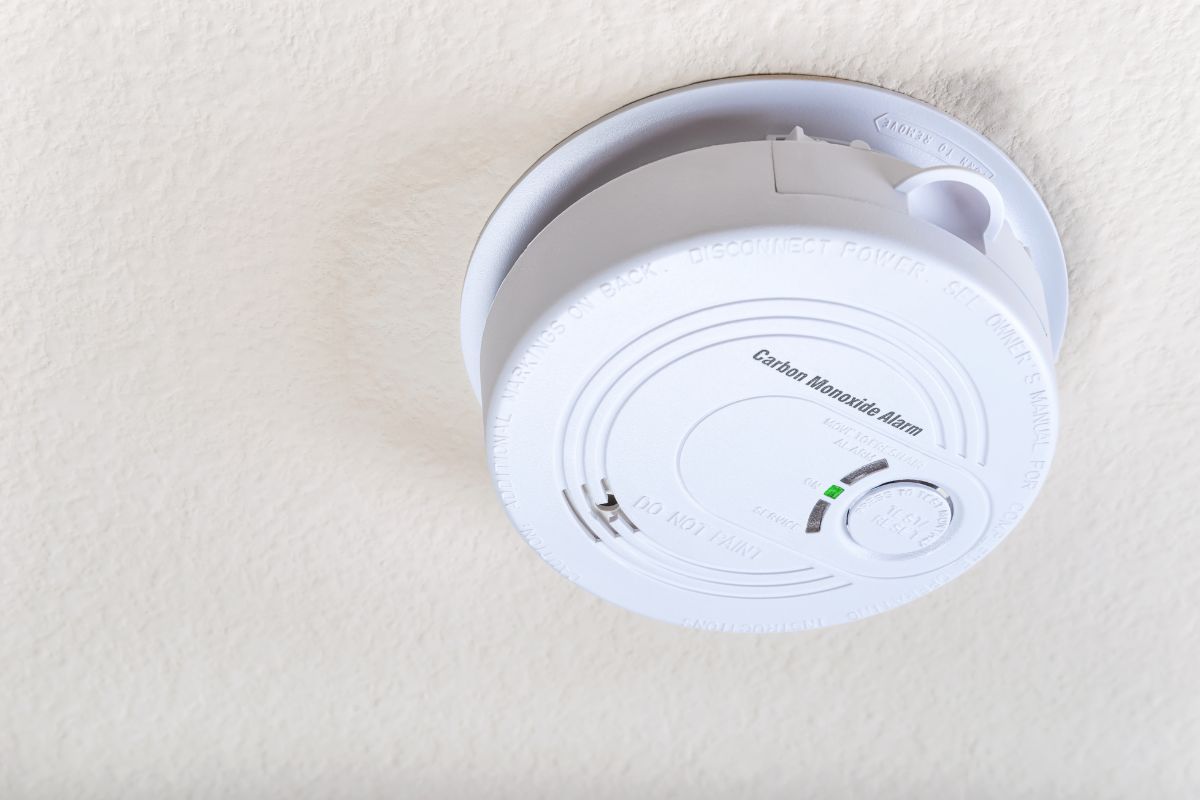
Many engines and appliances burn gas as a source of energy. However, when the fuel does not fully burn, it can release carbon monoxide into the air. Carbon monoxide, or CO, is a colorless and odorless gas that humans cannot detect without the help of a CO-sensing device. If you are exposed to carbon monoxide, you may not realize the danger until it becomes too late.
Typically, manufacturers vents or design products in a way that directs carbon monoxide away from the consumer, especially those that have the potential to release it. However, if the design is flawed or if the item is improperly manufactured, it can result in carbon monoxide poisoning.
Items That Can Release CO
There are many different sources of carbon monoxide that can be found throughout the home or as part of recreational activities. Items that can release this toxic gas include:
- Car engines
- Boat engines
- Wood- or gas-burning furnaces
- Gas stoves and ovens
- Gas water heaters
- Space heaters
Signs of Carbon Monoxide Exposure
If you inhale carbon monoxide, the gas molecules can attach themselves to your red blood cells where oxygen normally goes. The CO molecules then prevent oxygen from binding, they can suffocate your cells. Signs of carbon monoxide exposure include:
- Dizziness
- Disorientation
- Headache
- Nausea and vomiting
- Loss of consciousness
After a person is rendered unresponsive due to carbon monoxide poisoning, they can die within minutes, so seeking or receiving medical attention right away is necessary.
If you or a loved one has experienced carbon monoxide poisoning due to a faulty device, you must consult a personal injury attorney. Our experienced and qualified team of legal professionals can help you get the compensation you deserve for your case. Reach out to us today for a free and confidential first meeting.